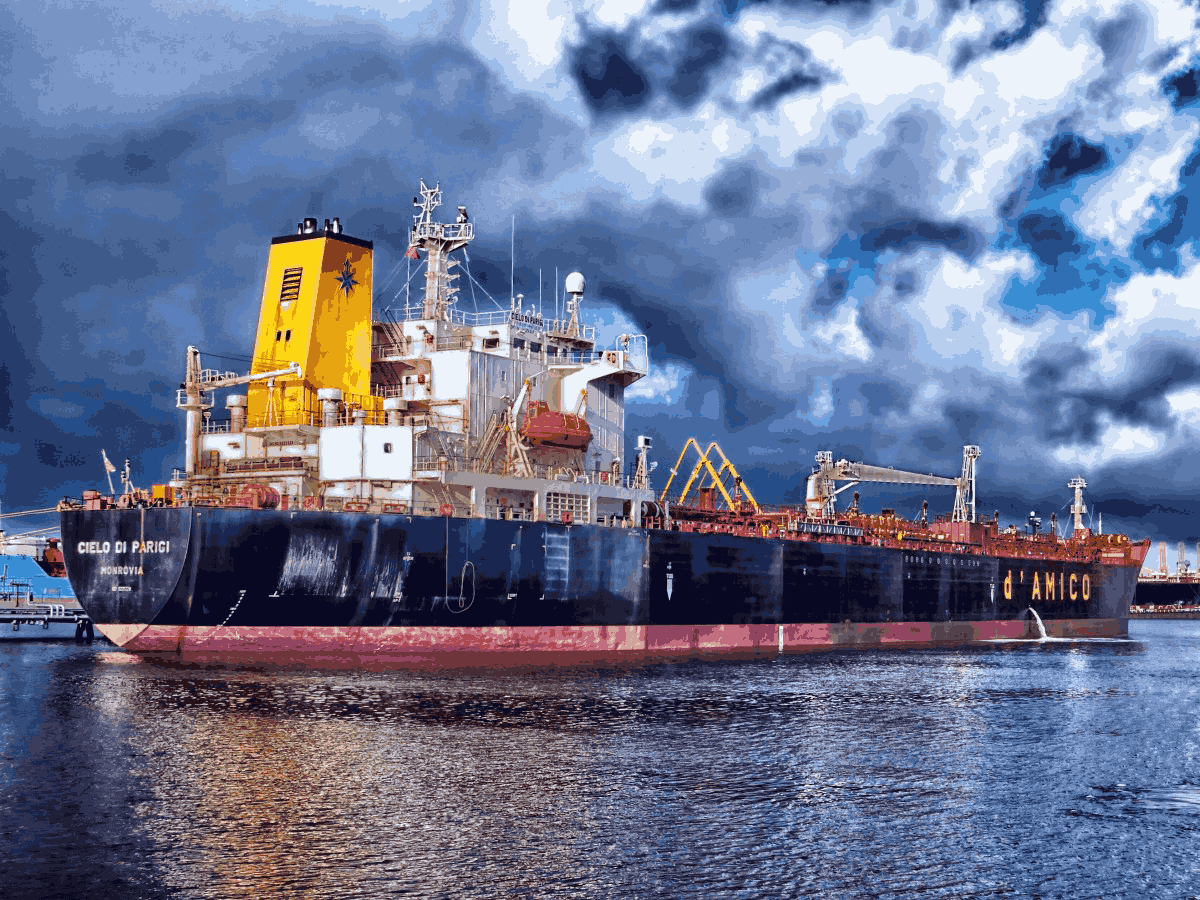The Future of Smart Autonomy in Shipping Is Here
Autonomous shipping is no longer a concept reserved for science fiction or far-off futures. With advancements in technology and the pressing need for safety, efficiency, and environmental sustainability, the maritime industry is taking critical steps to integrate smart autonomy into its operations. Wärtsilä, a leader in maritime innovation, has introduced what it calls “Smart Autonomy” to tackle some of today’s biggest shipping challenges.
This blog explores what smart autonomy is, its benefits, how it can shape the future of shipping, and the stepwise approach Wärtsilä recommends for integrating these powerful solutions.
What Is Smart Autonomy in Shipping?
Smart autonomy refers to advanced systems that use automation and artificial intelligence to assist human crews in operating vessels. Unlike full autonomy, where ships function entirely without human intervention, smart autonomy focuses on real-world, practical solutions that enhance existing operations.
This approach includes features such as collision avoidance systems, optimal fuel usage, docking assistance, and advanced motion prediction. Wärtsilä emphasizes that smart autonomy is not just a leap toward fully unmanned ships but rather a series of incremental improvements that can be deployed today.
Why Does the Shipping Industry Need Smart Autonomy?
Maritime shipping has long faced challenges such as safety risks, environmental concerns, and inefficiencies. Smart autonomy addresses these pressing issues, offering solutions that directly impact vessel operations and the broader global supply chain.
Here’s how smart autonomy can help tackle some of these challenges:
- Improved Safety: Systems like Wärtsilä’s SmartMove Suite help reduce incidents in busy ports by assisting with complex maneuvers like docking or quay-to-quay transit. Near-collision events caused by human error or poor visibility can be mitigated with situational awareness tools powered by sensors and advanced motion prediction.
- Sustainability: By optimizing fuel consumption and reducing emissions, smart autonomy aligns with global climate goals. For example, a vessel using AI-driven speed profiles can cut its fuel usage significantly, lowering both operational costs and environmental impact.
- Operational Efficiency: Automation reduces the time and labor associated with routine tasks, allowing the crew to focus on higher-impact operations. Coupled with AI-driven analytics, smart autonomy can streamline shipping logistics and increase profitability.
A Stepwise Approach to Autonomous Shipping
The future of autonomous shipping isn’t about jumping straight to unmanned vessels; rather, it’s about incremental advancements that can deliver value today. Wärtsilä advocates for this measured, stepwise progression, focusing on implementing commercially viable technologies before moving toward fully autonomous systems.
Here’s a blueprint for integrating smart autonomy into your shipping operations:
Step 1: Assess Key Needs and Challenges
Identify the primary pain points in your operations. Are collisions frequent in your fleet? Do you struggle with fuel wastage? Pinpointing issues will help select the smart systems that deliver the quickest ROI.
Step 2: Start With Automating Essential Functions
Deploy systems like Wärtsilä’s NACOS Platinum, which integrates navigation, automation, and dynamic positioning. This can assist crews in routine operations, ensuring safer and more efficient voyages.
Step 3: Build Situational Awareness
Invest in smart sensors such as Wärtsilä’s Smart Sensor Portfolio, offering laser- and radar-based technologies for precise positioning and awareness of surroundings. This is critical for navigation in crowded or complex waterways.
Step 4: Gradually Introduce Advanced Features
Adopt predictive tools like the Wärtsilä SmartMove Suite, which equips vessels with motion prediction capabilities and enhanced docking assistance. These features improve both safety and precision during challenging maneuvers.
Step 5: Optimize Fuel and Speed Management
Use AI-driven tools for fuel optimization, improving operational efficiency and significantly reducing costs. This also helps in adhering to stricter maritime emissions regulations.
Step 6: Move Toward Higher Levels of Autonomy
Once foundational technologies are in place, your fleet can begin experimenting with higher levels of autonomy, preparing for a gradual shift to unmanned operations in the future.
Real-World Applications of Smart Autonomy
The adoption of smart autonomy isn’t just theoretical; it’s already making waves in real-world maritime operations. Some examples include the following Wärtsilä-led projects:
- IntelliTug: Combining Wärtsilä’s Smart Marine technologies with PSA Marine’s operational expertise, this tugboat project allows for safer, human-centric navigation in challenging port environments.
- SmartMove Suite: Used for highly challenging tasks such as harbor entry and dock-to-dock transit, this system uses advanced motion prediction to give operators greater control and awareness.
- Canadian Coast Guard Solutions: Wärtsilä has developed tailored solutions providing advanced positioning, navigation, and automation for coast guard vessels operating in extreme conditions.
The Benefits of Adopting Smart Autonomy
The advantages of integrating smart autonomy into shipping operations are immense and extend across multiple dimensions.
- Efficiency Gains: Automating repetitive tasks allows vessels to operate faster and more cost-effectively.
- Risk Reduction: Avoiding collisions and reducing fuel usage dramatically decreases operational hazards.
- Competitive Edge: Early adopters of smart autonomy will position themselves as industry leaders, gaining trust from customers seeking greener and safer transport options.
Final Word
The pursuit of autonomous shipping isn’t just about achieving unmanned vessels; it’s about transforming the maritime industry to become safer, more efficient, and more sustainable. Wärtsilä’s stepwise approach to smart autonomy illustrates that the benefits of automation can be realized today while paving the way for a smarter maritime future.
If your operations could benefit from advanced solutions like predictive analytics, collision avoidance, or efficient navigation systems, consider exploring Wärtsilä’s cutting-edge technologies.
Smart autonomy isn’t just the future you’ve been waiting for; it’s the present you can start experiencing right now.

